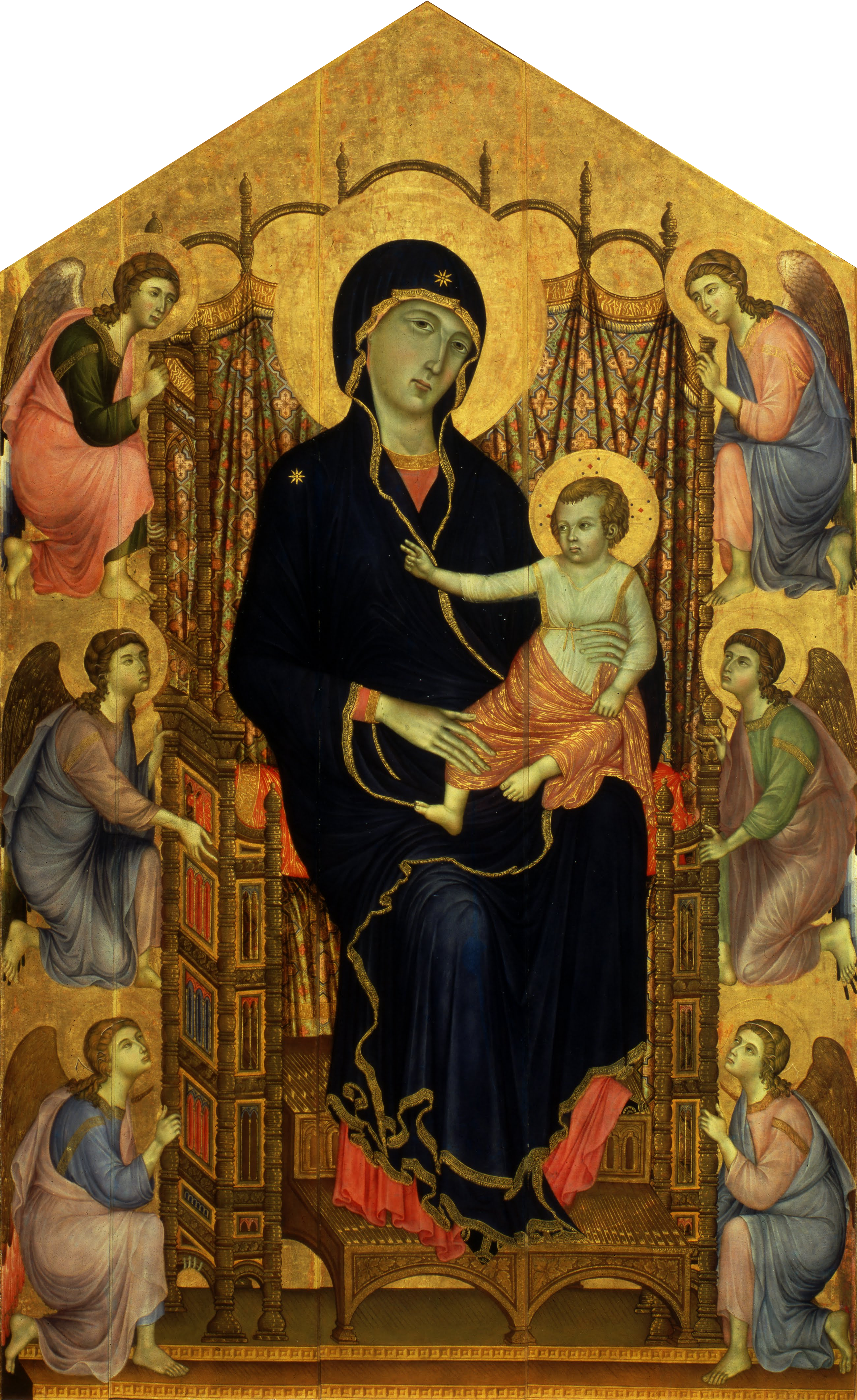Eike Schmidt, of Florence’s Uffizi Gallery, is calling for a return of religious artwork to places of worship.
Lenten Campaign 2025
This content is free of charge, as are all our articles.
Support us with a donation that is tax-deductible and enable us to continue to reach millions of readers.
One of the most popular art museums in the world, Florence’s Uffizi Gallery, displays some of the world’s most stunningly beautiful religious art.
Now the director of the Uffizi, Eike Schmidt, is calling for a return of religious artwork to places of worship.
Schmidt, who has led the museum since 2015, told the Art Newspaper that “devotional art was not born as a work of art but for a religious purpose, usually in a religious setting.” To view religious art in the context for which it was made, believes Schmidt, is appropriate historically and can connect the view with its spiritual significance.
One example from the Uffizi’s own collection is the “Rucellai Madonna,” painted by the Sienese artist Duccio di Buoninsegna in the Middle Ages. In 1948, the painting was removed from the church of Santa Maria Novella and hung in the Uffizi Gallery. The Virgin and Child painting is the largest known painting on wood from the 13th century.

Many pieces of art were removed from churches and stored in museums for safekeeping after World War II. According to Schmidt, who is the president of the Fondo edifici di culto (FEC), a fund that maintains Italy’s churches, an estimated 1,000 religious artworks were brought to Italian museums for safeguarding after the war.
“If we did not believe that context was important, the Italian state would not have the legal concept of the art of architectural fixture [vincolo pertinenziale], or practice contextual archaeology instead of an Indiana Jones-type scrabble for mere masterpieces,” Schmidt told the Newspaper.
Some believe the availability of religious art in secular institutions creates an opportunity for the non-religious to be inspired by sacred beauty. Cardinal Giuseppe Betori, Archbishop of Florence, says that “every case would have to be considered on its own merits.”








